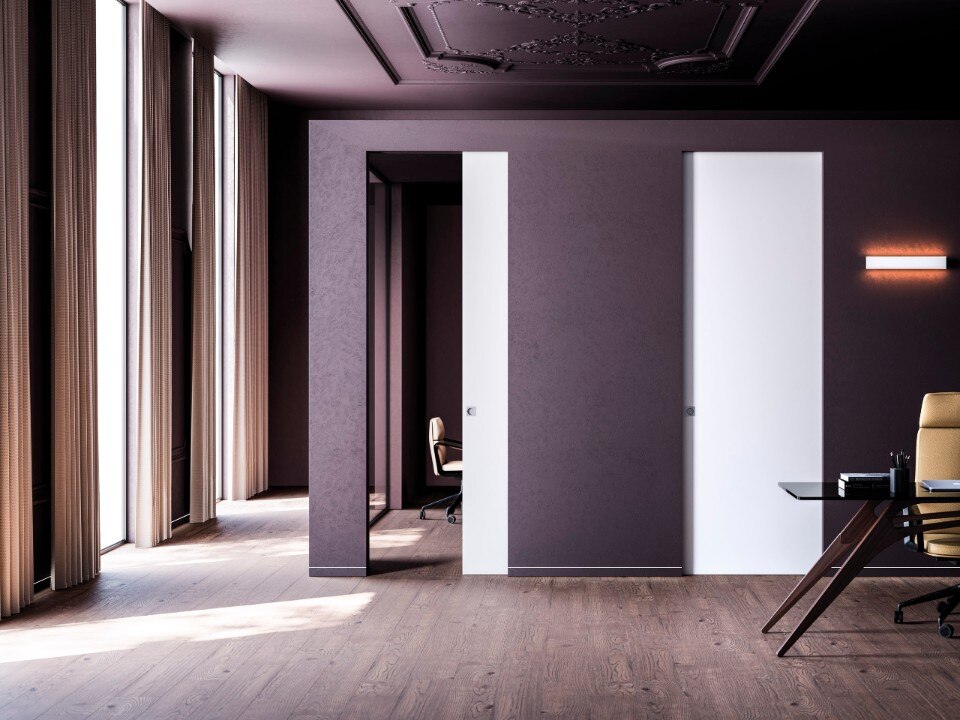The idea, or rather the problem, of solidity seems a central concern to SO – IL's approach to architecture. SO – IL is an office born in the week of the Lehman Brothers collapse. For its founders Florian Idenburg and Jing Liu this may have appeared catastrophic timing yet, they now acknowledge that that moment is somehow encoded into their project.
SO – IL formed at the moment when the relationship between matter and meaning was revealed to have shifted, born into a world where substance, architecture even, had been transformed into imaginary financial instruments. Traditional divisions between the physical substance of architecture and its abstract conceptual shadows of value had cut loose.
Just as Marx had suggested in The Communist Manifesto, hypercapital transformed matter: "All that is solid melts into air." Perhaps it is these kinds of contemporary concerns of immaterial materiality, of something being there and also not, that we see in SO – IL's office for the production company Logan in New York.


There is a hallucinogenic effect. The interior landscape of the space is transformed into a visual field, as though a real-life, real-time Photoshop filter were being applied. Changes in natural and artificial light shift the depth of field, altering our perception of size, distance, connection. As they move through the space, people blur into silhouettes, become sharper or fade to grey. The sensation is ghostly, as though one kind of architecture were haunting another, as though you were in two places at the same time, as though the sensation of architecture were something that exists like an apparition around the hard code of programme.
These two SO – IL projects are full of productive paradoxes between form and formless, strength and lightness


In part we can understand the building through the dual roles it performs. First, internally as gallery, the ne pas ultra of internalised contemporary space. Second, externally, as a means to make sense of the piecemeal site and to help generate a more coherent campus-like relationship between Kukje's collection of buildings. The project seems formed through negotiating these disparate ambitions.


Its status as a specific type of environment is heightened by pushing everything else out, so that doors, stairs and so on are like facilities plugged in to sustain it. The formal status of the gallery verses the informal, or as-necessary arrangement of its services elevates its significance.






Eclisse: when invisibility art shakes up interior design
A leader in manufacturing pocket door frame systems, Eclisse redefines the concept of living space. Through solutions like Syntesis Line, the company transforms doors into continuous design elements.



